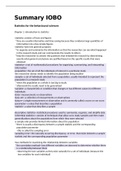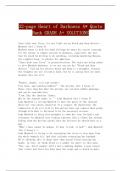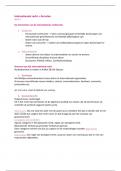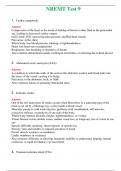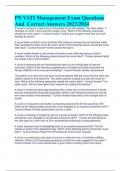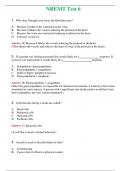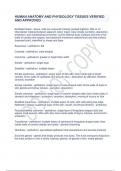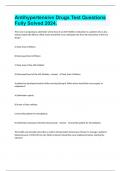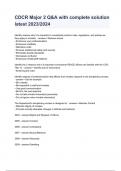Resume
Samenvatting IOBO: Statistics for the behavioral sciences
- Cours
- Établissement
- Book
Dit is een samenvatting van het boek Statistics for the behavioral sciences. Gemaakt voor het eerste jaars vak IOBO bij bestuurs- en organisatiewetenschap in Utrecht. De samenvatting omvat H1 t/m 10, H12 en H15 t/m 17.
[Montrer plus]
